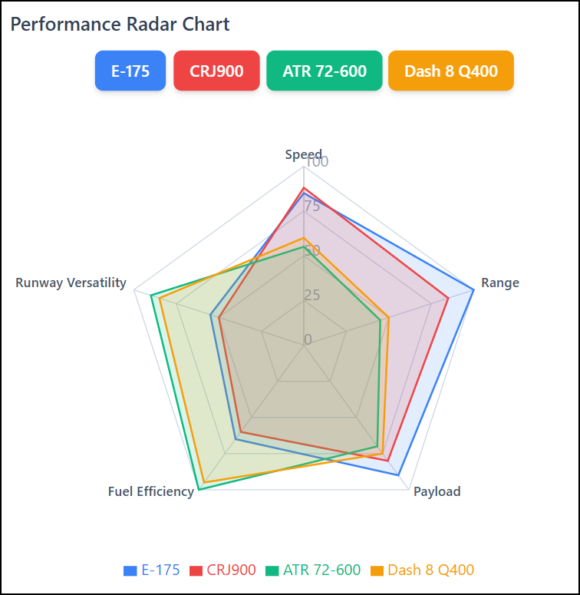
RAA
The big theme is the pilot shortage. This is a problem for the whole US airline industry, even the freight operators. There are two big issues.
For the regionals, it is most acute. The reason is this is where commercial airlines get their start in the profession. They are so low on the totem pole they have no loyalty. Being so “low” in the industry means no seniority issues. These pilots will jump at any chance to advance into the bigger airlines and get on the seniority list. The sooner you get on the list the better and you only go up. The big salary increases recently awarded to regional pilots may get more people to sign up as pilots. But it won’t stop the flight to bigger airlines. This problem is here forever.
The next big item is cutting costs. And the focus is fuel burn. Even though regional airlines get their fuel from their major partner, burning too much of it is a problem. Consider that regional flying is like an inverted V. the gap between the two ends is anywhere from 300-500 miles. That means the aircraft spends very little time in cruise, it’s mostly climbing and descending. That means lots of cycles and the wear on regional jets is high. This also means MRO costs are impacted. But, back to fuel burn. Typically an airline’s operating costs are ~75% taken up by fuel and pilots. Cutting these two costs is crucial. Except the pilots won big increases. So more pressure on cutting fuel burn.
How to cut fuel burn? Not an easy task and the promising future of hydrogen, hybrids, and all-electric beckon. But that is, perhaps, a decade away at the soonest. Moreover, the proposed aircraft are too small. This is reflected in Heart Aerospace’s decision to go bigger. But 30 seats are not enough for a market that has moved steadily away from 50 seats to 76. Even if you re-engine a regional jet with hydrogen, you lose half the seats as the fuel tank eats into cabin space since the wing cannotecarry the fuel. The tradeoffs are difficult. SAF is the only answer for now, but that also has challenges.
Yet it is in the regional airline space where the newest technologies are going to be seen first. The pressure is greatest for these operators and finding the solution to the conundrum they are in grows. It’s not just the fittest, but the smartest that will survive. We spoke with three people at RAA yesterday and asked pretty much the same question of each of them. Their responses are informed and you will notice a theme.
First was Bryan Bedford from Republic Airways, followed by Rick Leach from Go Jet Airlines and Ross Mitchell from MHIrj.
Views: 6




